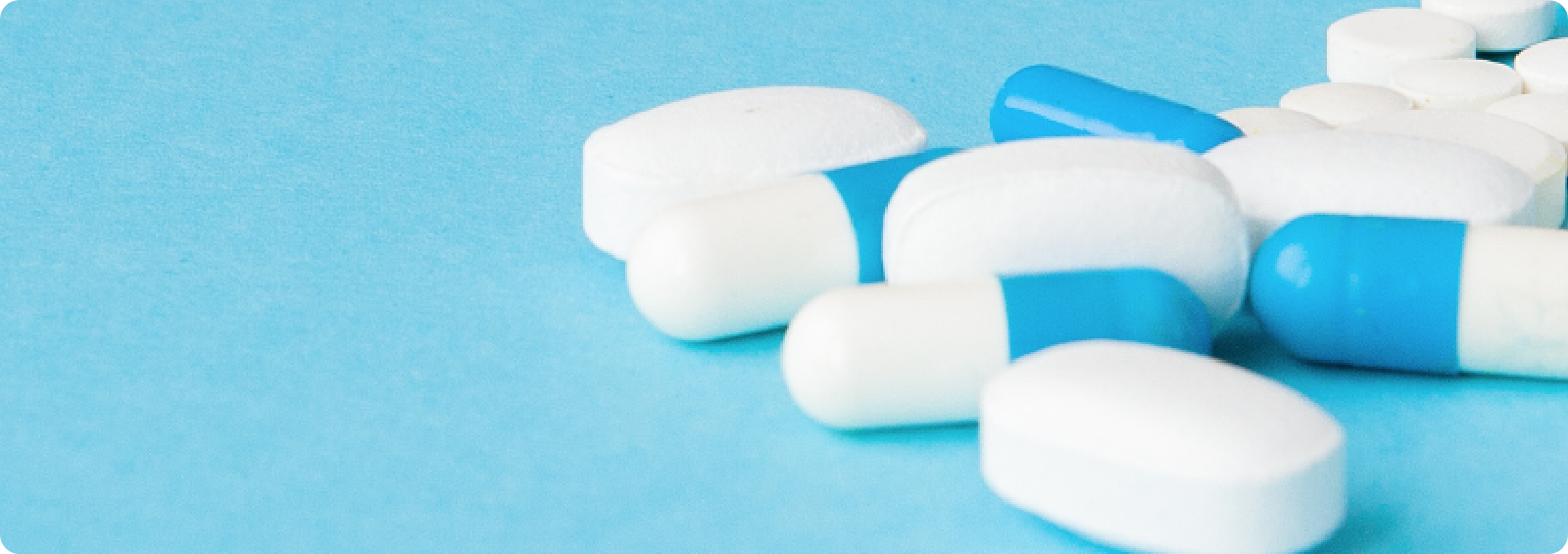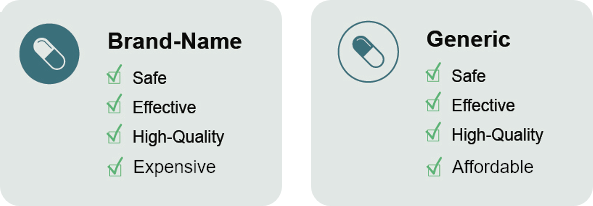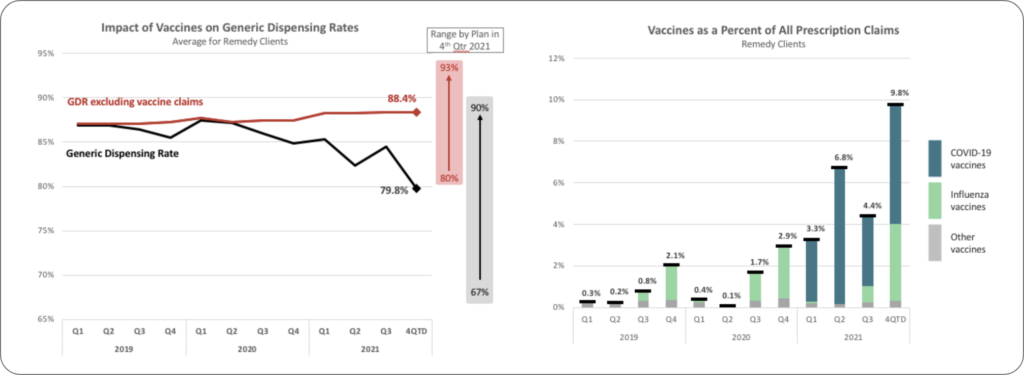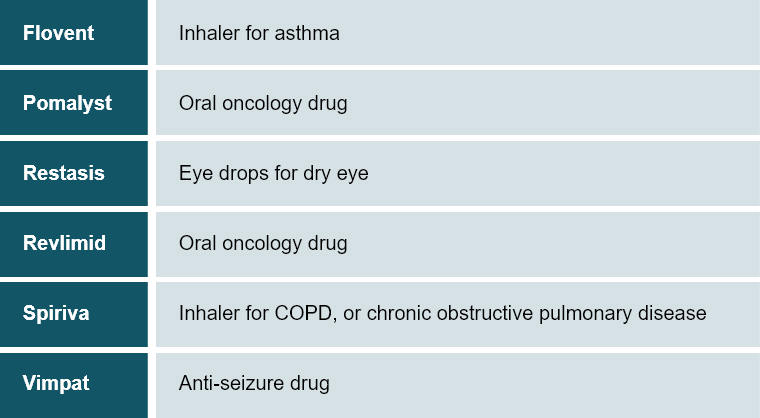Reduce Your Rx Spend with Generics
Industry Updates and Recommendations for Plan Sponsors Managing Rx Spend

Using generic medication whenever possible can help save money for both the Rx plan sponsors and their members. Generic drugs often cost 80% less than brand-name medications. Due to the significant costs of research and development as well as marketing, brand-name drugs continue to be a more expensive option. Since savings with generics continue to grow, providing plan incentives to use them remains one of the most effective benefit design options available.
Comparing brand-name drugs to generic
Plan members should know that generics are exact chemical replicas of brand-name drugs and are clinically proven to be both safe and equally as effective. The stand-out difference between the two is cost.

What is the Generic Drug Law?
The Generic Drug Law was passed to help make prescription drugs more affordable for plan sponsors and members. It ensures that patients have access to a lower cost generic drug option in place of the prescribed brand-name drug. Unless a physician has written “Do not substitute” on a prescription, then a pharmacist is required to select a lower cost generic if it is in stock.
What is the generic dispensing rate (GDR)?
Use of generics is measured by calculating a generic dispensing rate, or GDR. The GDR determines the proportion of all claims filled with generic drugs and helps identify management of the cost of prescription benefits. Over time, GDR has grown as more generics become available and savings from them increase. Remedy Analytics monitors a plan’s GDR closely, providing analytics that show drug utilization to help optimize the use of generics.
GDRs and the impact of COVID-19
Basically, GDR is the number of generic claims divided by the total number of all claims. If there are 88 generic claims out of 100 claims, the GDR is 88%. Now, imagine how a large influx of brand vaccine claims impacts the data. This change upsets the balance a bit. Such an influx occurs every year during the third and fourth quarters, when patients get their flu shots. However, the typical volume of annual flu shots pales in comparison to the large number of COVID-19 vaccine shots and flu shots seen in 2021 and into 2022.
More observations
- GDRs have been falling in 2022. They were at their lowest point in the fourth quarter of 2021 and the decline is directly related to the large increase in brand vaccine claims.
- GDRs without vaccine claims increased in 2021, and they have remained very steady at an average of 88.4% YTD 2022. Individual plans achieved rates higher and lower than the overall average.

Recommendations for plan sponsors managing Rx spend:
- Review your PharmaLogic® Spotlight Actionboard data for use of these brand drugs.
- Optimize benefits to ensure use of generics is encouraged and maximized to reduce overall cost of prescription benefits.
- Be aware of newly available generics.
Encourage plan members to do the following:
- Ask their physician to write the prescription for a generic equivalent.
- Ask their pharmacist for the lowest-cost generic drug in-stock.
- Keep in mind that not all brand-name drugs have generic equivalents. (This is usually due to patent protection.)
New generics coming to market
Generics are expected to be available for key brands by the end of 2022, including:




